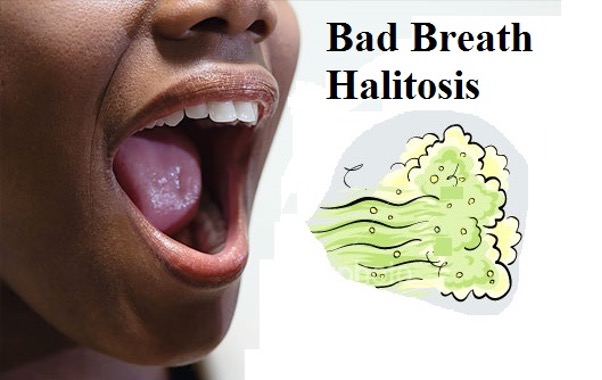Halitosis, more commonly known as bad breath, is a condition that affects millions of people globally. While often considered a minor nuisance, chronic bad breath can be socially distressing and may even be a sign of deeper health issues. Understanding its causes and implementing proven strategies for prevention can lead to better oral health and increased self-confidence.
In this issue, we will discuss Halitosis; its causes and most progressive treatment.
The primary culprit behind bad breath is the presence of volatile sulfur compounds (VSCs)—gases produced by bacteria that reside primarily on the back of the tongue and in gum pockets. These bacteria break down food debris, dead cells, and mucus, releasing foul-smelling sulfur compounds such as hydrogen sulfide and methyl mercaptan. The result is the characteristic odor often associated with morning breath or persistent halitosis. In my office, we use a special machine, called an Halimeter that measures the levels of VSCs coming out of your mouth. This affords us the opportunity to objectively measure whether a chronic bad odor exists, rather than rely on what one thinks.
Poor oral hygiene, dry mouth (xerostomia), periodontal disease, smoking, and even systemic conditions such as diabetes or gastrointestinal disorders can contribute to the buildup of these bacteria and the production of VSCs. However, the most common and often overlooked site of odor production is the tongue.
The surface of the tongue provides a perfect environment for anaerobic bacteria to thrive. It’s coated with tiny crevices and papillae that trap food particles, dead cells, and bacteria. This makes tongue scraping a critical component of any effective oral hygiene routine. Unlike brushing alone, tongue scraping removes the biofilm that harbors odor-causing bacteria. Using a proper tongue scraper once or twice daily can significantly reduce VSC levels and improve breath freshness almost instantly.
In addition to mechanical cleaning, the use of specific mouth rinses can further reduce halitosis. Among the most effective is chlorine dioxide (ClO₂)—a powerful oxidizing agent that neutralizes VSCs at the molecular level. Unlike traditional alcohol-based mouthwashes, which can dry out the mouth and worsen bad breath, chlorine dioxide works by oxidizing sulfur compounds and eliminating the bacteria that produce them. Studies have shown that rinses containing stabilized chlorine dioxide can lead to a measurable reduction in bad breath and an overall improvement in oral cleanliness.
When selecting a mouth rinse, it is important to choose one that specifically targets VSCs rather than simply masking odors. Chlorine dioxide formulations are ideal because they treat the root cause of halitosis rather than providing a temporary cover-up.
In conclusion, halitosis is a manageable condition when approached with a science-backed strategy. Daily tongue scraping, regular brushing and flossing, and the use of chlorine dioxide mouth rinses offer a powerful three-some against bad breath. For individuals experiencing persistent halitosis despite these efforts, consultation with a dental or medical professional is advised, as it may indicate an underlying health issue. Fresh breath not only enhances interpersonal relationships—it also reflects a commitment to good health and hygiene.
Dr. Kendal V. O. Major is Founder and CEO of Center for Specialized Dentistry which is a comprehensive family dental practice operating in Nassau. He is the first Bahamian Specialist in gum diseases and dental implants since 1989. He also is a certified Fastbraces provider, having attained the distinction as Master. His practice is located at 89 Collins Avenue, Nassau at (242)325-5165 or [email protected].






